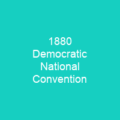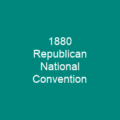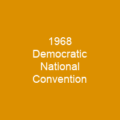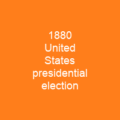The Greenback Party was a newcomer to politics in 1880, having first nominated candidates for national office four years earlier. The party had arisen, mostly in the West and South, as a response to the economic depression that followed the Panic of 1873. The Greenback ticket fared poorly in the election that November, attracting just 81,740 votes.
About 1880 Greenback National Convention in brief

As one author put it, they “anticipated by almost fifty years the progressive legislation of the first quarter of the twentieth century”. The party ultimately endorsed the suffragists’ cause, despite a vocal minority’s opposition, despite the opposition of many in the left-wing movement to women’s suffrage. In 1879, the Specie Payment Resumption Act, passed in 1875, ordered that greenbacks be gradually withdrawn and replaced with gold-backed currency, beginning in 1879. The greenbacks had helped to finance the war when the government’s gold supply did not keep pace with the expanding costs of maintaining the armies. When the crisis had passed, many in both the Democratic and Republican parties, especially in the East, wanted to return the nation’s currency to a gold standard as soon as possible. The greenbackers drew support from the growing labor movement in the country’s Eastern cities, as well as from Western and Southern farmers who had been harmed by deflation. At the same time, economic depression had made it more expensive for debtors to pay debts they had contracted when currency was less valuable. Greenbackers left the convention with high hopes for the third party’s cause, but in the end they were disappointed, netting just over three percent of the popular vote. They were disappointed in the 1880 presidential election, but they had reason to believe that they could improve on the results of 1876.
You want to know more about 1880 Greenback National Convention?
This page is based on the article 1880 Greenback National Convention published in Wikipedia (as of Nov. 05, 2020) and was automatically summarized using artificial intelligence.







